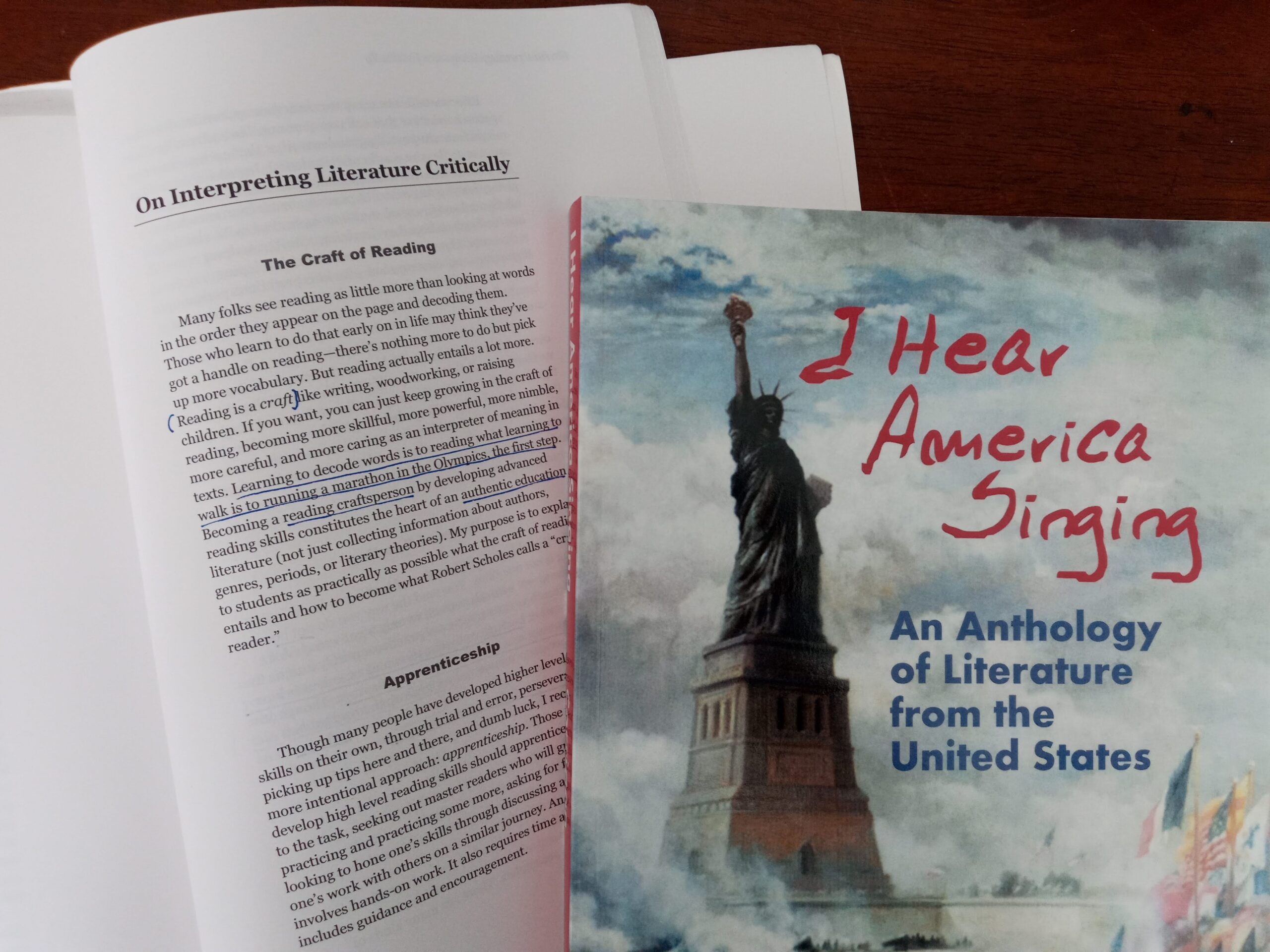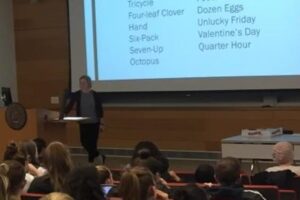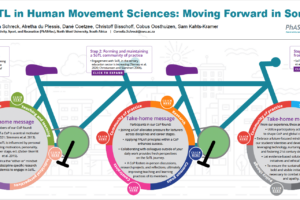
Critical Reading Isn’t Inherently Liberatory
By Paul T. Corrigan
I’ve often thought that critical reading was more or less inherently liberatory—inherently poised to push readers toward freedom from oppressive ideas and structures like racism.
How, for example, can readers give a text like The Narrative of the Life of Frederick Douglass their full attention and then not want to take a stand against racism? Especially after reading about how Douglass taught himself to read while enslaved and gained the “hope of being free.” Would not all readers be drawn in a similar direction?
When designing the US literature course described in my recent Teaching & Learning Inquiry article “Scaffolding Critical Reading,” I assumed a close, nearly causal relationship between reading and liberatory sentiment and action. I selected texts, including Douglass’s Narrative, on the theme of “liberty and justice for all.”
But all the critical reading skills I taught were generic: asking interpretive questions, generating interpretative possibilities, and weighing textual evidence for and against each. None of these skills had any specific, inherent connection to liberation.
I did not ask students, for example, to specifically consider how texts resisted or circulated oppressive ideas. Instead, I assumed generic skills would inevitably be applied toward liberatory ends.
In some cases, that did happen. I’m still in touch with students whose lives were changed in liberatory ways through encounters they had with texts in the course.
But as I reflect on several years of that course, I see that most students focused their interpretations on other matters—such as Mary Moretti’s astute examination of sun imagery in John Steinbeck’s Of Mice and Men.
There is, of course, nothing wrong with writing about sun imagery. But I no longer assume that examining sun imagery will in and of itself lead a student to liberatory ends.
The next step for me as a scholar and teacher will be to work to understand specifically liberatory reading practices. I do believe the principles and practices of a robust scaffolding pedagogy for which my TLI article already advocates will still be an essential aspect of this work. The need now is to build scaffolds for specifically libretory ways of reading.
Drawing on work by Asao Inoue, Gary Lemons, Eliza Ramirez and Sarah J. Donovan, AnaLouise Keating, Lisa K. Taylor, and Timothy Oleksiak, I’ve already begun taking these steps with my recent reflection on “Antiracist Ways of Reading.”
Read the TLI article here.
Image description: Front cover and inside page of the course textbook described in the article. The page is open to an essay “On Interpreting Literature Critically” discussed in the article.




